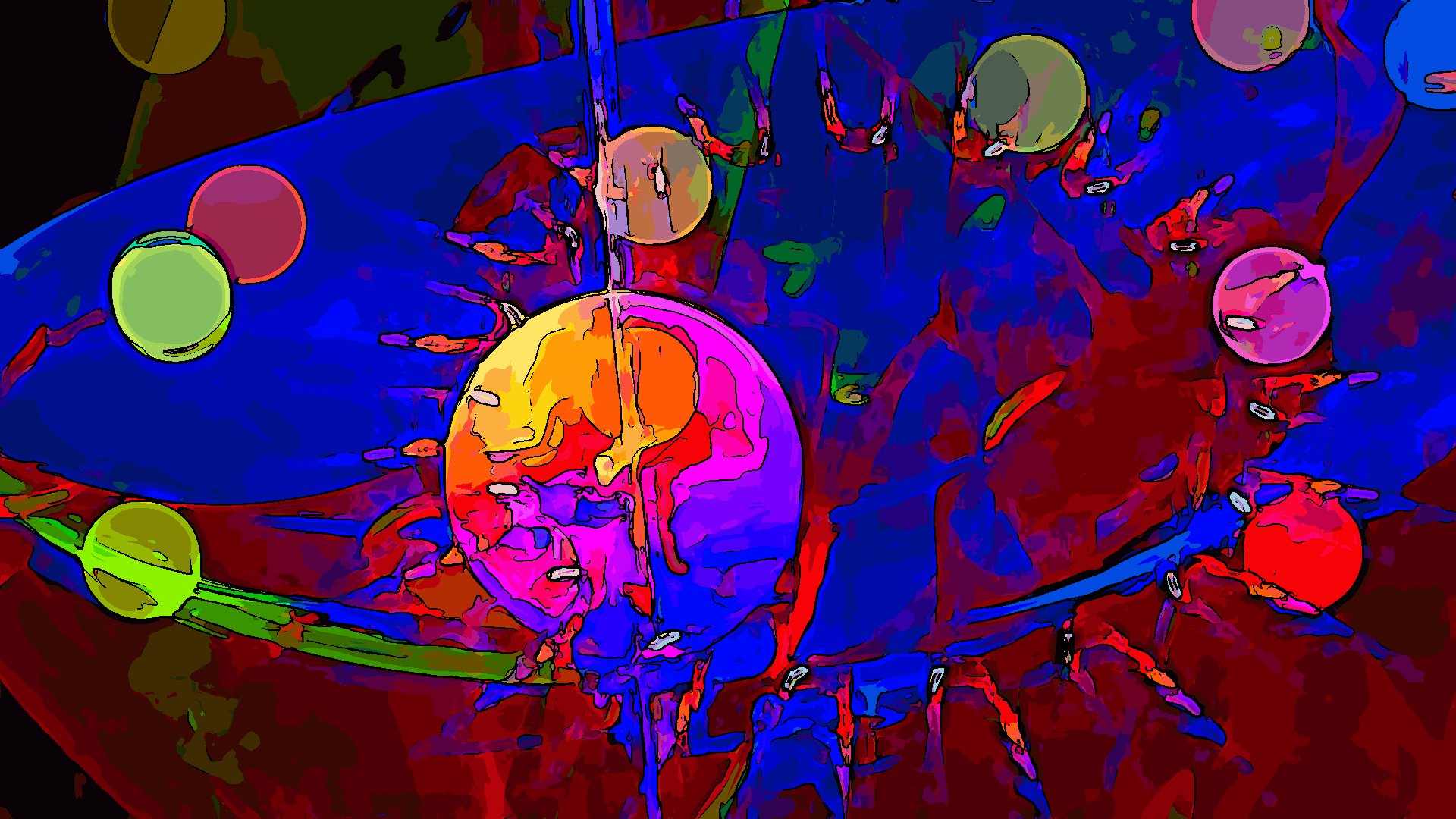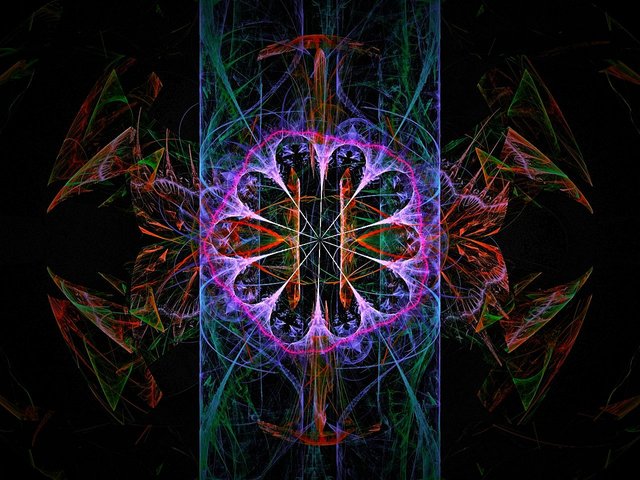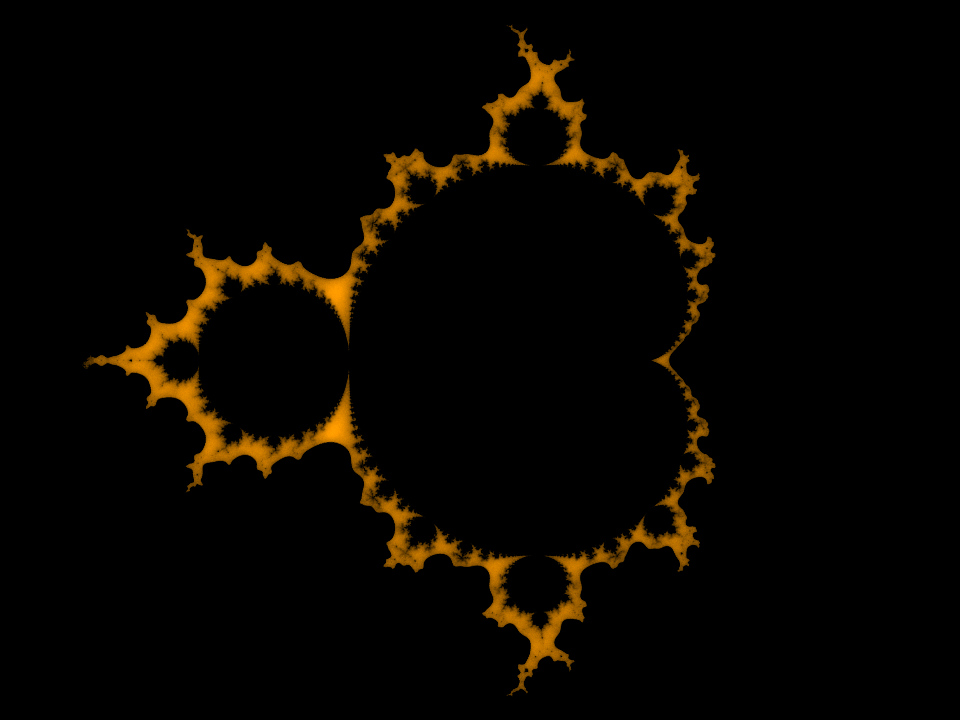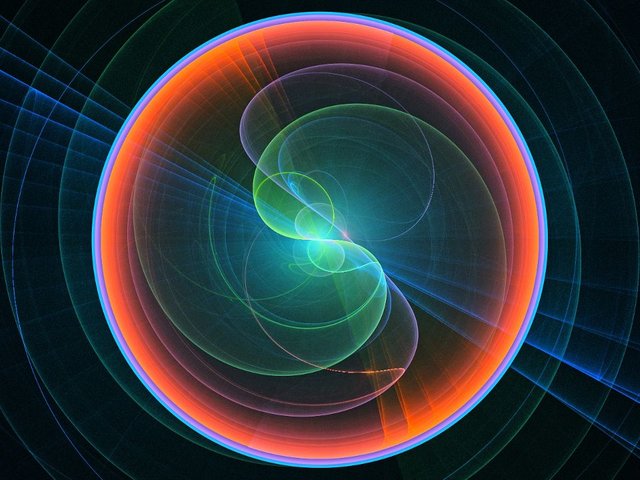What is Fractal Art and Who invented Fractals?
The Beauty of Fractal Art
Summary
The first part of this article is about Benoît B. Mandelbrot, the genius who discoverd fractals. The article explains what fractals are. The images show some examples of fractal works of art. Two videos give further insight and help to understand the nature of fractals.

Copyright Ernst Dittmar
Benoît B. Mandelbrot was the first fractalist.
A Short Biography of Benoît B. Mandelbrot
Benoît B. Mandelbrot was born November 20, 1924 in Warsaw, Poland. His mother was a doctor. Afraid of pandemics, she kept him out of school and he was teached chess and reading fast by a relative at home. In 1936, his family moved to Paris, where he attended the lycée. During World War II, they lived in the countryside for maximizing their chances to survive the German occupation. By these circumstances, he remained far from the Gymnasium. During this time, he learned mainly autodidactically. From 1944 to 1947, he studied at the Polytechnic and he graduated as an Engineer. Subsequently, he studied for two years in the USA. Then he spent a year with the French Air Force.
From 1949 to 1957, he worked in research. Among other things, he helped develop the first Philips color monitor and he worked at the University of Geneva, teaching math. However, the important career was the one with IBM. From 1958 to 1974, he was a research staff member at IBM Thomas J. Watson Research Center, Yorktown Heights, New York. From 1974 to 1997, he was an IBM fellow. This honor was a sign that his work was widely respected and that he could continue his own way.

Copyright Ernst Dittmar
What Benoît B. Mandelbrot researched at IBM
The easiest way to describe his research subject is mentioning a few quotes:
Bottomless wonders spring from simple rules, which are repeated without end.
Benoît B. Mandelbrot
Nobody will deny that there is at least some roughness everywhere.
Benoît B. Mandelbrot
Benoît B. Mandelbrot developed the Mandelbrot set in the 1980s and it is astonishing that the Mandelbrot plot is only made of one simple formula in the complex plain.
Big brains, small films. A short video about Benoît B. Mandelbrot, IBM Fellow Emeritus and father of fractals. The film includes an easy-to-understand explenation of the Mandelbrot Set formula and how the word fractal was created.
Benoît B. Mandelbrot passed away on October 14, 2010. But his work lives on.

Copyright Ernst Dittmar
The Mandelbrot Set
What Are Fractals?
Benoît B. Mandelbrot invented the term “fractal” and he defined fractals as follows:
“Fractals are objects, whether mathematical, created by nature or by man, that are called irregular, rough, porous or fragmented. They possess the same properties at any scale. That is to say, they have the same shape, whether seen from close or from far.”
If you understood the above explenation of "fractal", you will also understand the following joke:
What stands the B. for in Benoît B. Mandelbrot?
The B. stands for Benoît B. Mandelbrot.

Copyright Ernst Dittmar
The closer you look, you will always see the same patterns at any scale.
Fractal Geometry
Phenomena of complex systems and chaos are often explained by fractal geometry. Fractals are never ending complex patterns, which are self-similar at any scale. Benoît B. Mandelbrot constructed the hypothesis that fractal geometry could explain the infinite complexity of nature with a simple formula. Many natural objects have fractal properties, such as trees, clouds, islands, organs, lakes, flowers, and so on. There are some complex systems around us, which show also a chaotic behavior and follow fractal rules, or they have at least an approximately fractal behavior.
Zooming into a Mandelbrot set. Without a cut, the video is zooming in for full eleven minutes. The zoom-factor is more than 1,000,000. Imagine a zoom-lens on a camera of this zoom factor! The screen capture was taken live and the left button of the mouse had to be clicked for zooming in. The movements of the mouse are for navigating the fractal image up, down, right and left.

Copyright Ernst Dittmar
Beautiful works of art can be created by applying and combining simple fractal formulas.
Applying Chaos Theory and Fractal Geometry by Artists
“A brief look at history reveals a deep underlying relationship between the inspirations and aspirations of mathematicians, scientists, and artists. For one thing, we are all trying to explain the world around us.” – Steev Morgan
Steev Morgan wrote a great historic article about how chaos theory applied to artistic and cultural practice. I recommend this article to everybody who is interested into history, science and art.

Copyright Ernst Dittmar
Great article that was quite insightful! Thanks so much for sharing, I shall look into fractals a little more than previously now :) Upvoted and Followed.